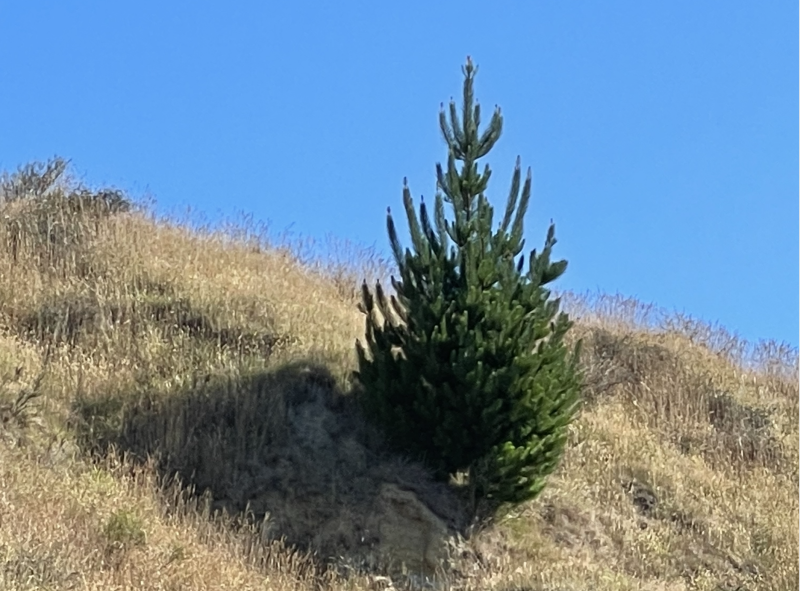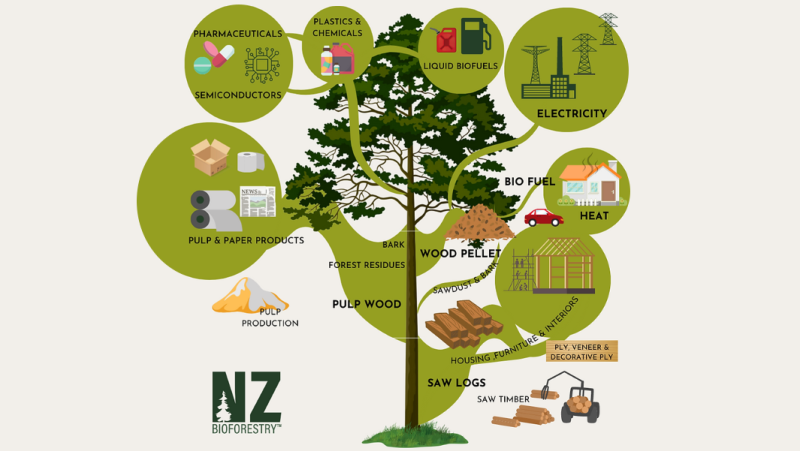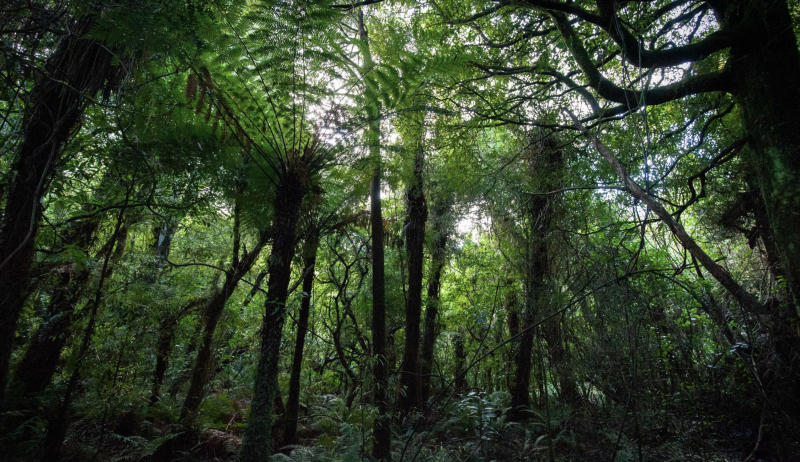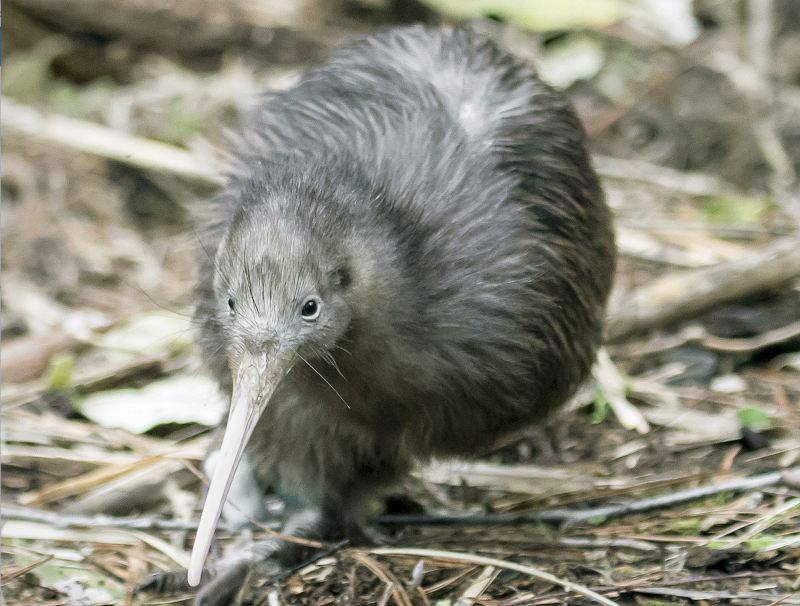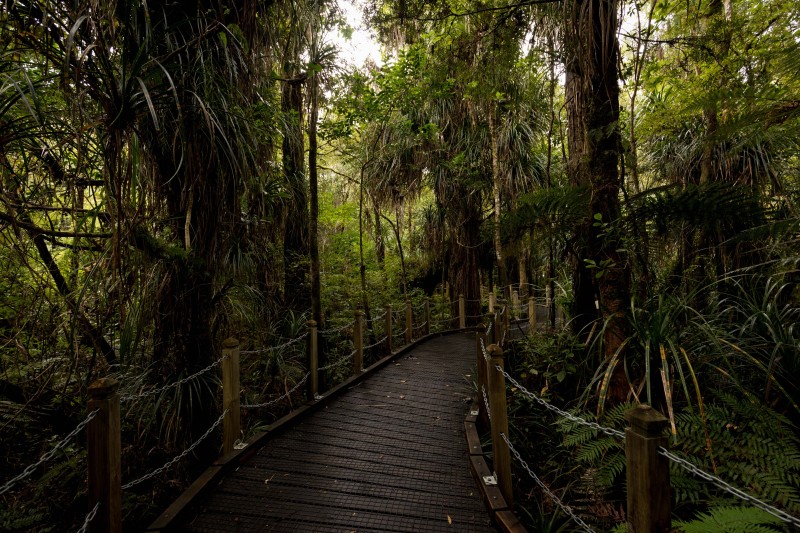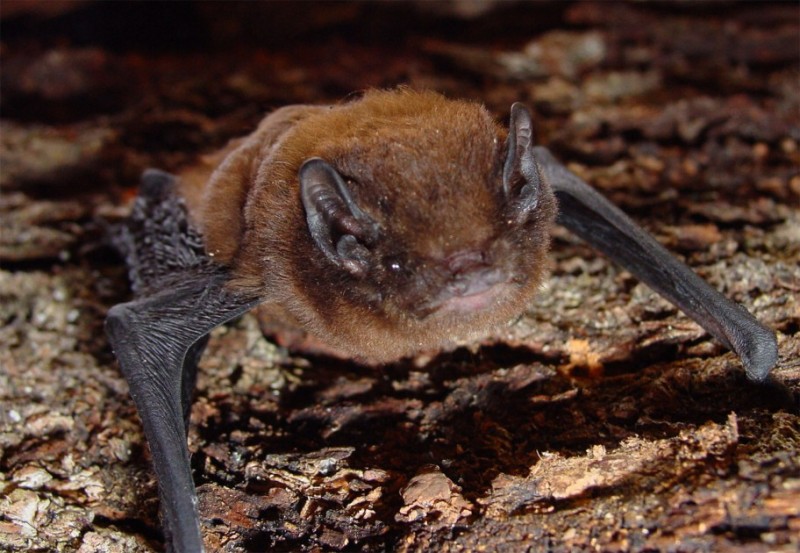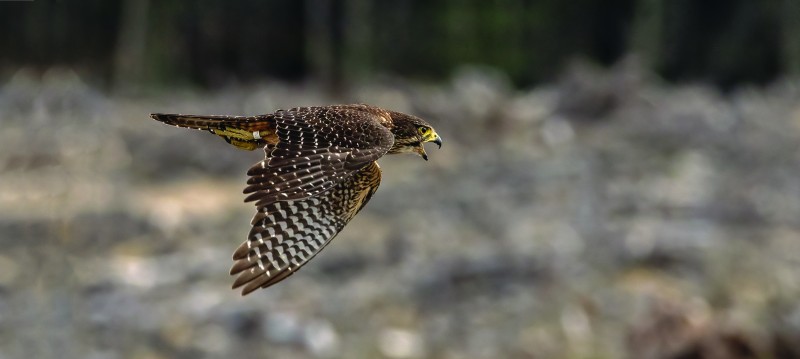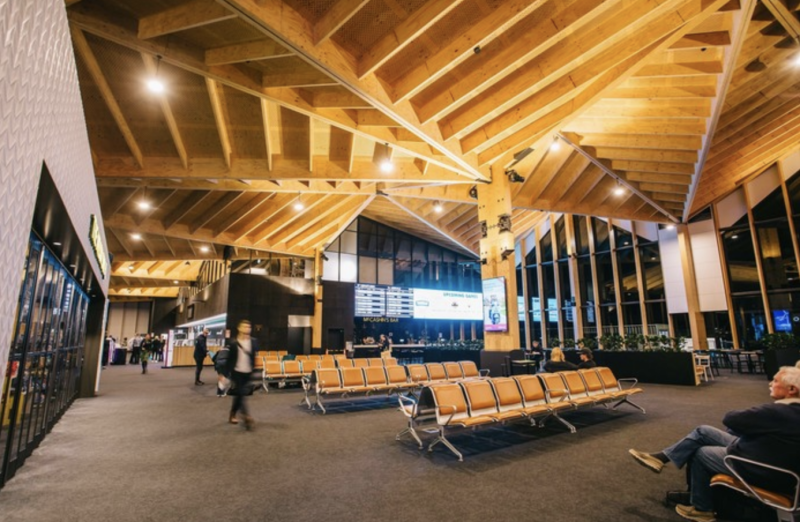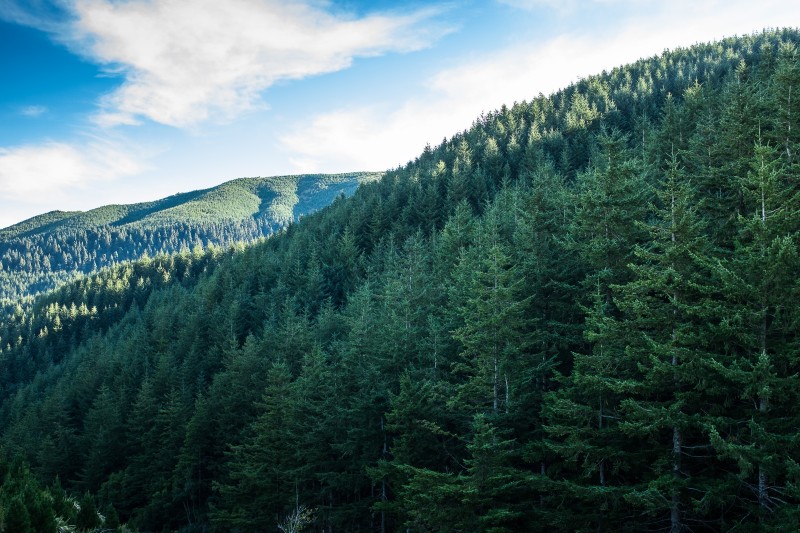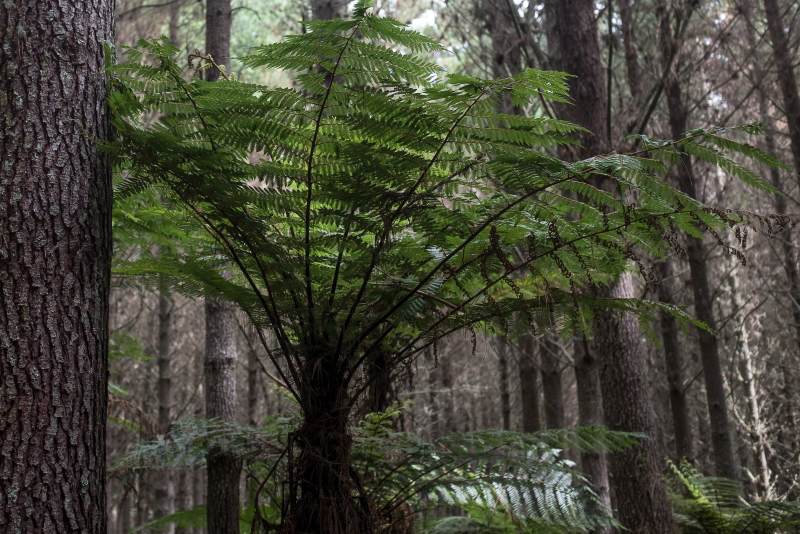In the 1950s and 1960s, erosion was a problem in parts of the back country of Marlborough. The hardy contorta pine and other introduced species were planted by the New Zealand Forest Service in the Branch River, Molesworth and Waihopai Valleys for erosion control. Planting these quick growing pines to stabilize hillsides seemed like a good solution, however it led to another big problem - wilding pines.
Wilding pines are unwanted pine trees - introduced tree species that seed and spread out of control. They cause problems in many parts of the country by taking over farmland, out-competing native plants and causing fire hazards, and they are very difficult to remove.
Many species can cause trouble but contorta pine is one of the worst as its seeds can spread up to 40km on the wind and it thrives in all kinds of conditions. By the 1980s the species was banned, however it had well and truly taken hold in parts of Marlborough.
These days there are many projects are underway to remove the pines. The unwanted trees are usually poisoned and left in place to die. They remain standing for several years during which time they act as a nursery, providing shelter for native species to grow up underneath.

